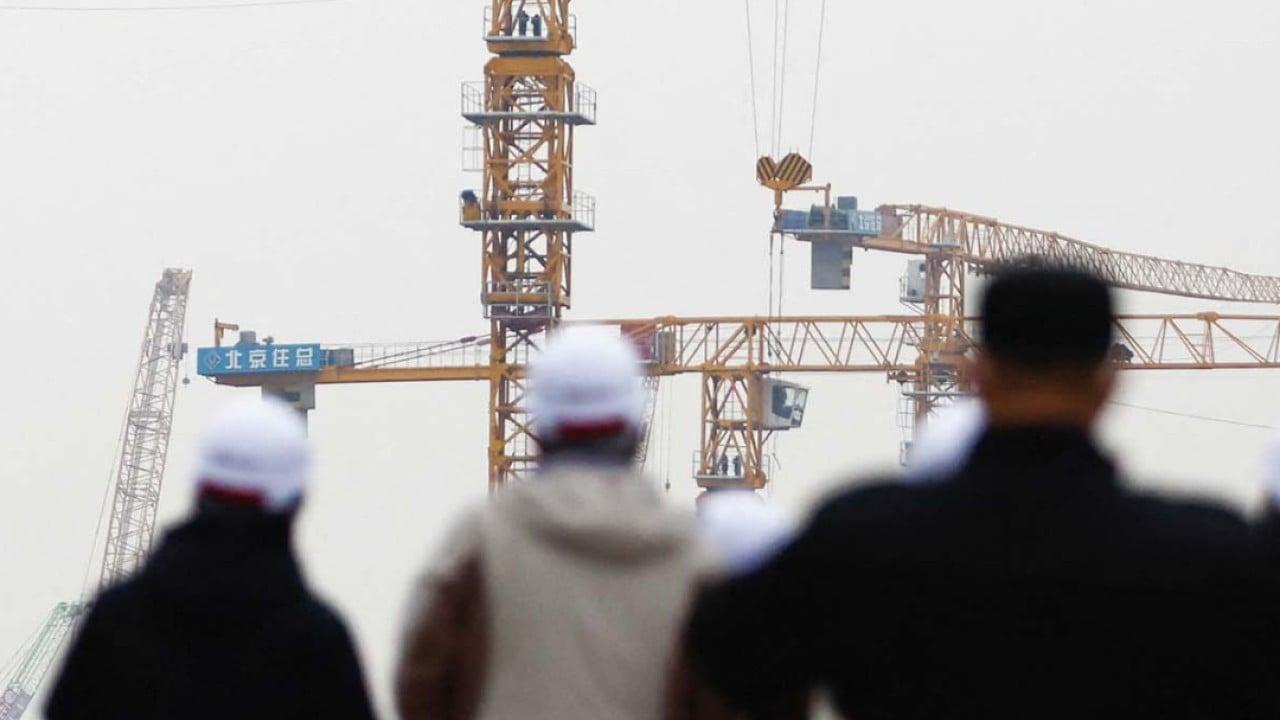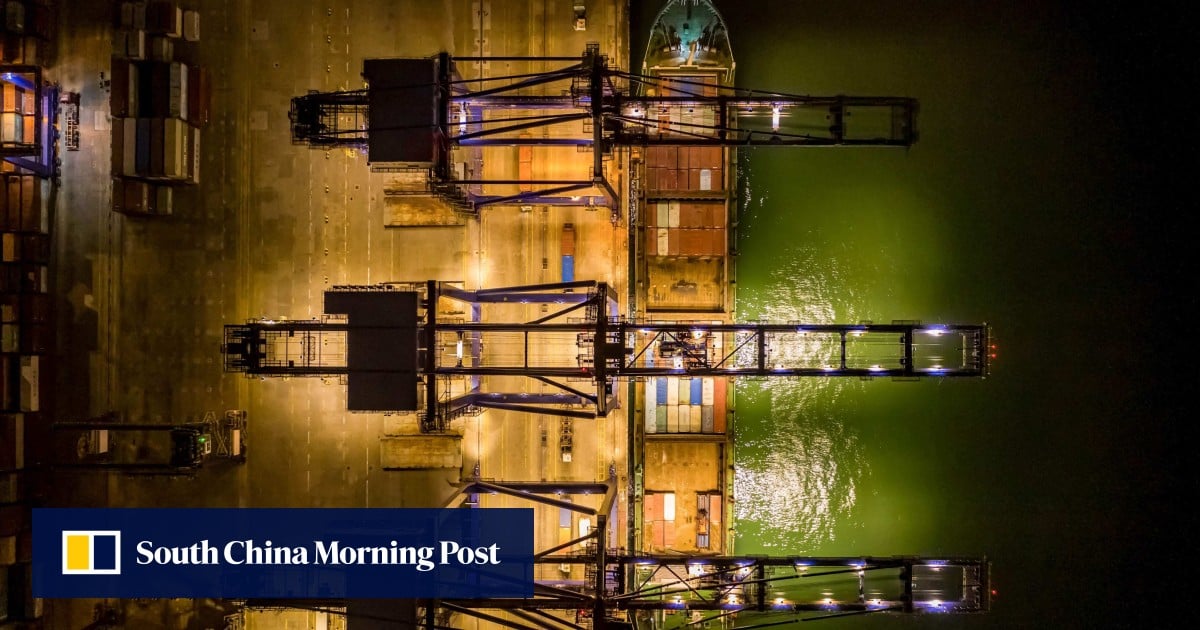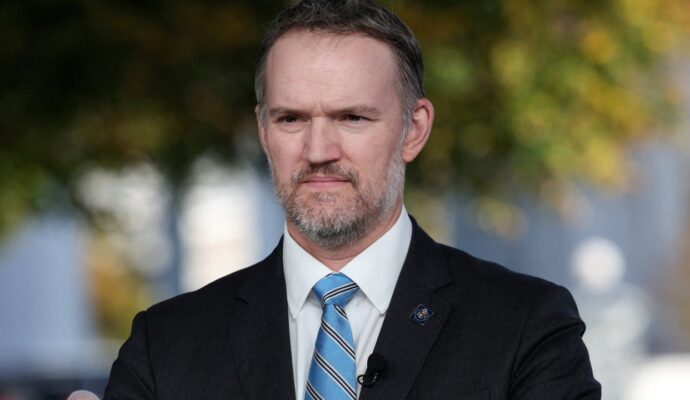

According to a McKinsey Global Institute paper released on Thursday, China accounts for 15 per cent of global goods exports, but less than 5 per cent of services exports and intangible flows, including knowledge, data and ideas.
China’s economy grew by 3 per cent in 2022, falling short of the original growth target of “around 5.5 per cent”, while foreign direct investment remained stable and rose by 8 per cent to US$189.13 billion last year.
Business sentiment has partly improved following the ending of China’s zero-Covid policy
Amid economic recovery efforts and moves to stabilise employment, China’s State Council said last year that it planned to launch a new infrastructure push by channelling funds towards construction of highways, waterways and port projects.
In Zhengzhou, the capital of the central province of Henan, 281 infrastructure projects were initiated last year, ranging from transport construction to hydraulic engineering, with a total investment of 59.8 billion yuan (US$8.7 billion).
“Business sentiment has partly improved following the ending of China’s zero-Covid policy,” said a statement from the European Union Chamber of Commerce in China.
But, the chamber added, more work is needed to “fully restore the trust” of European investors after China fully shed three years of restrictions in January and pivoted to living with the coronavirus.
“[It] will require the implementation of measures that can demonstrate the Chinese market is reliable, predictable and efficient, important facets that have all been eroded over the past three years,” the chamber said.
“It will also depend on whether China takes tangible steps to address other business concerns, such as the current lack of a level playing field for all market players and the politicisation of business, as well as the many internal structural challenges that the Chinese economy is currently facing.”
An updated Supply Chain Stability Index produced by global accounting firm KPMG and the Chicago-based Association for Supply Chain Management showed that operations up to the end of 2022 were “slightly more stable”.
“It hasn’t returned to the pre-pandemic level yet and it’s still relatively unstable overall,” said Douglas Kent, the executive vice-president of strategy and alliances at the Association for Supply Chain Management.
“There is no way of returning yet to the pre-pandemic level, as the situation remains more fragile than before.”
The McKinsey Global Institute paper showed that “no region is close to being self-sufficient”, with China the net exporter of electronics, basic metals and chemicals, but the paper also highlighted that it also relies on net imports for intellectual property and all mineral resources.
China’s exports fell by 9.9 per cent in December compared with a year earlier, while imports fell by 7.5 per cent. Overall in 2022, exports rose by 7 per cent and imports rose by 1.1 per cent
To mitigate the risks, Kent said that the “China plus one” strategy – which sees companies increase operations in the likes of Vietnam and India – forms part of the resilience and network planning conducted by companies.
There is, though, not “a mass exodus”, as “China remains an epicentre of manufacturing quality and efficiency,” he added.
There should be support for housing improvement, the use of new-energy vehicles, elderly services, as well as spending on education, medical, culture and sport
“Companies now have more emphasis on what they can do as an alternative,” he said.
“When disruption emerges, clients tend to build scenarios with their suppliers and work out solutions together instead of running away for another supplier.”
In addition to exports and foreign investment, Xi also reiterated that China must prioritise the recovery and expansion of domestic consumption this year.
“Consumer credit support should be reasonably increased,” he added.
“There should be support for housing improvement, the use of new-energy vehicles, elderly services, as well as spending on education, medical, culture and sport.”
Plans from China’s state planning body, the finance and industry ministries were also outlined in Qiushi.
These included rolling out policies aimed at stimulating spending on housing and unlocking consumer savings, efforts to help the elderly, improve child care services and encourage couples to have more children following last year’s historic population decline.
Additional reporting by Mandy Zuo and Luna Sun


